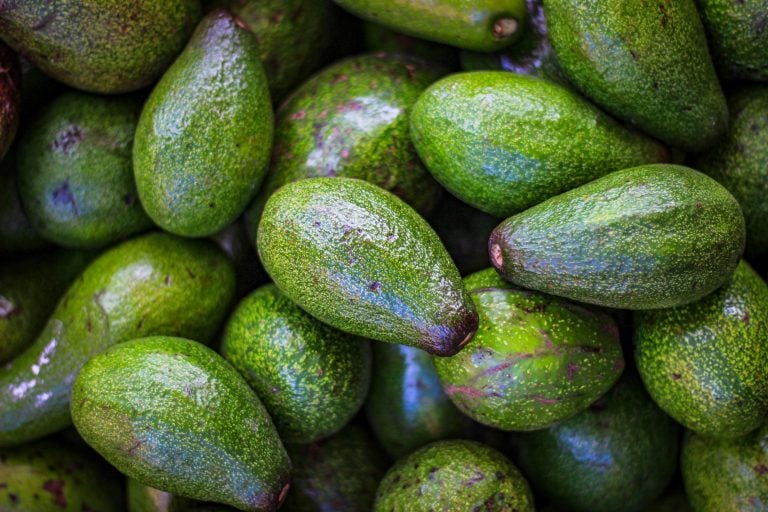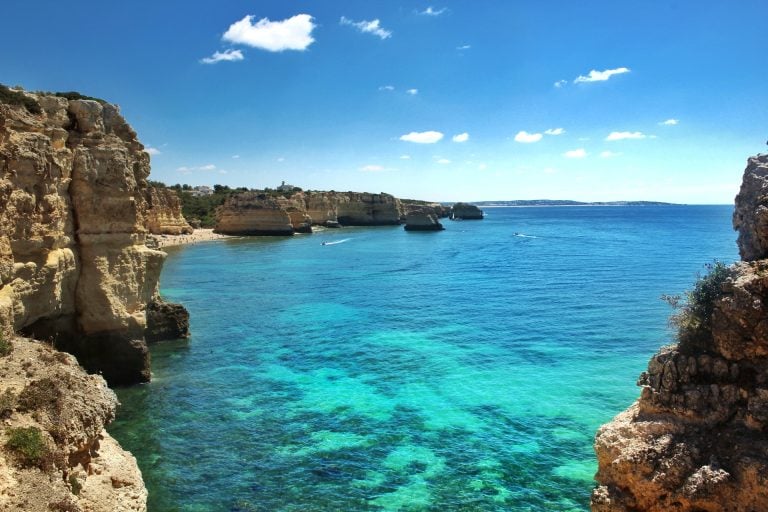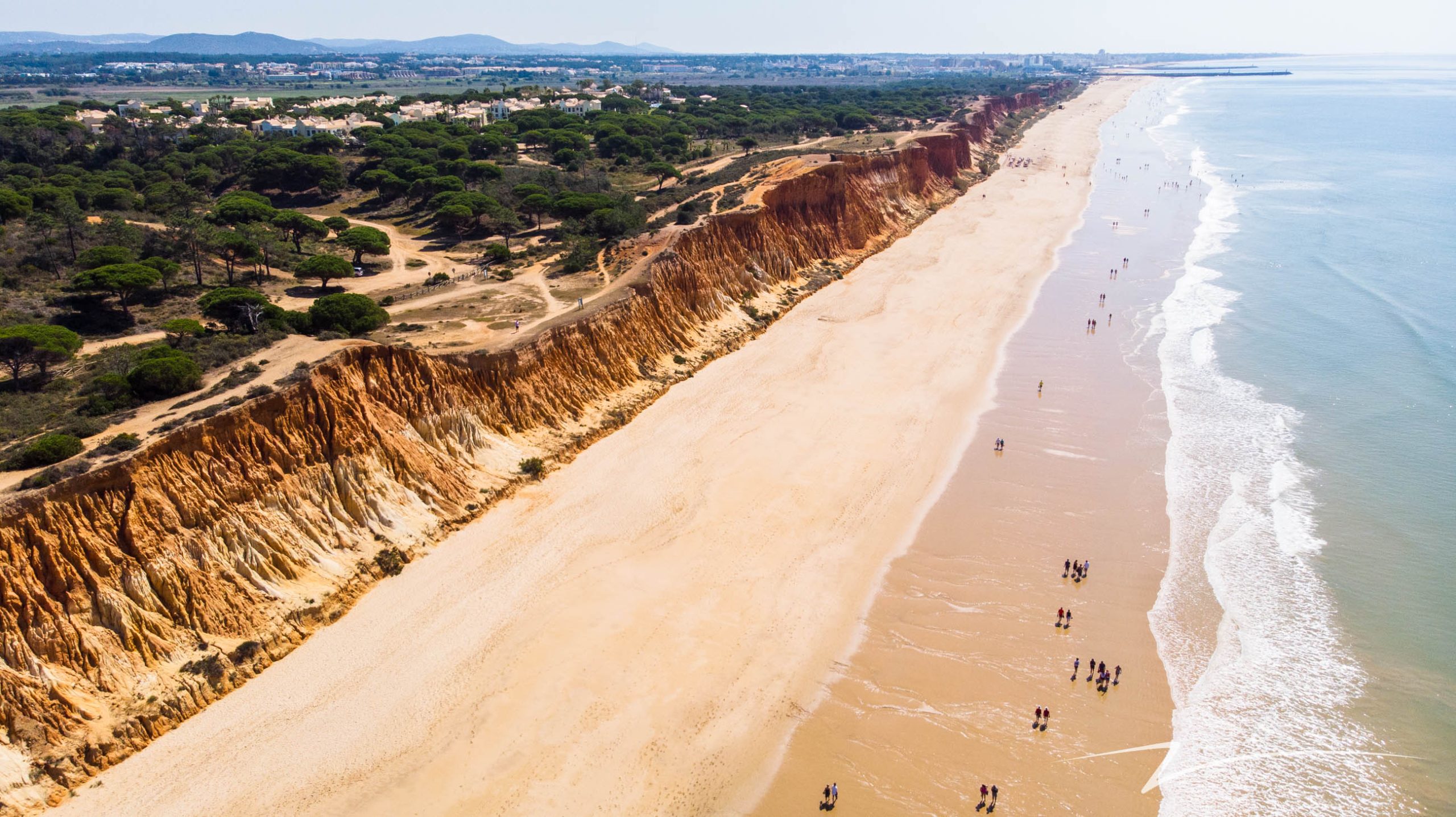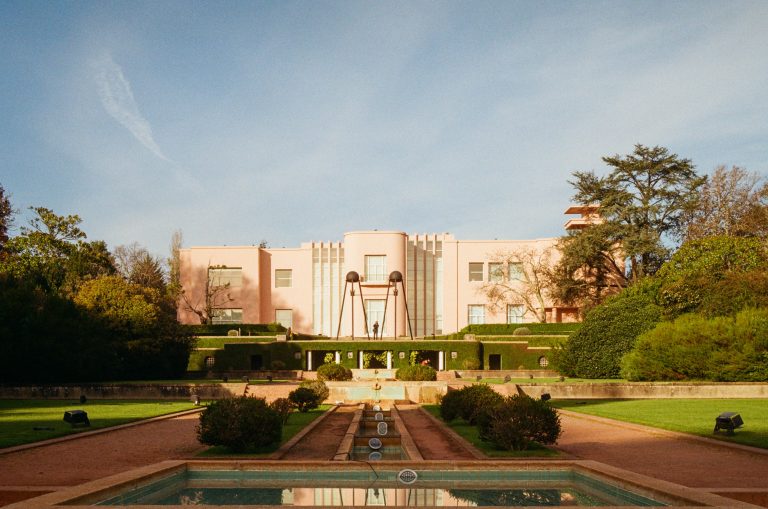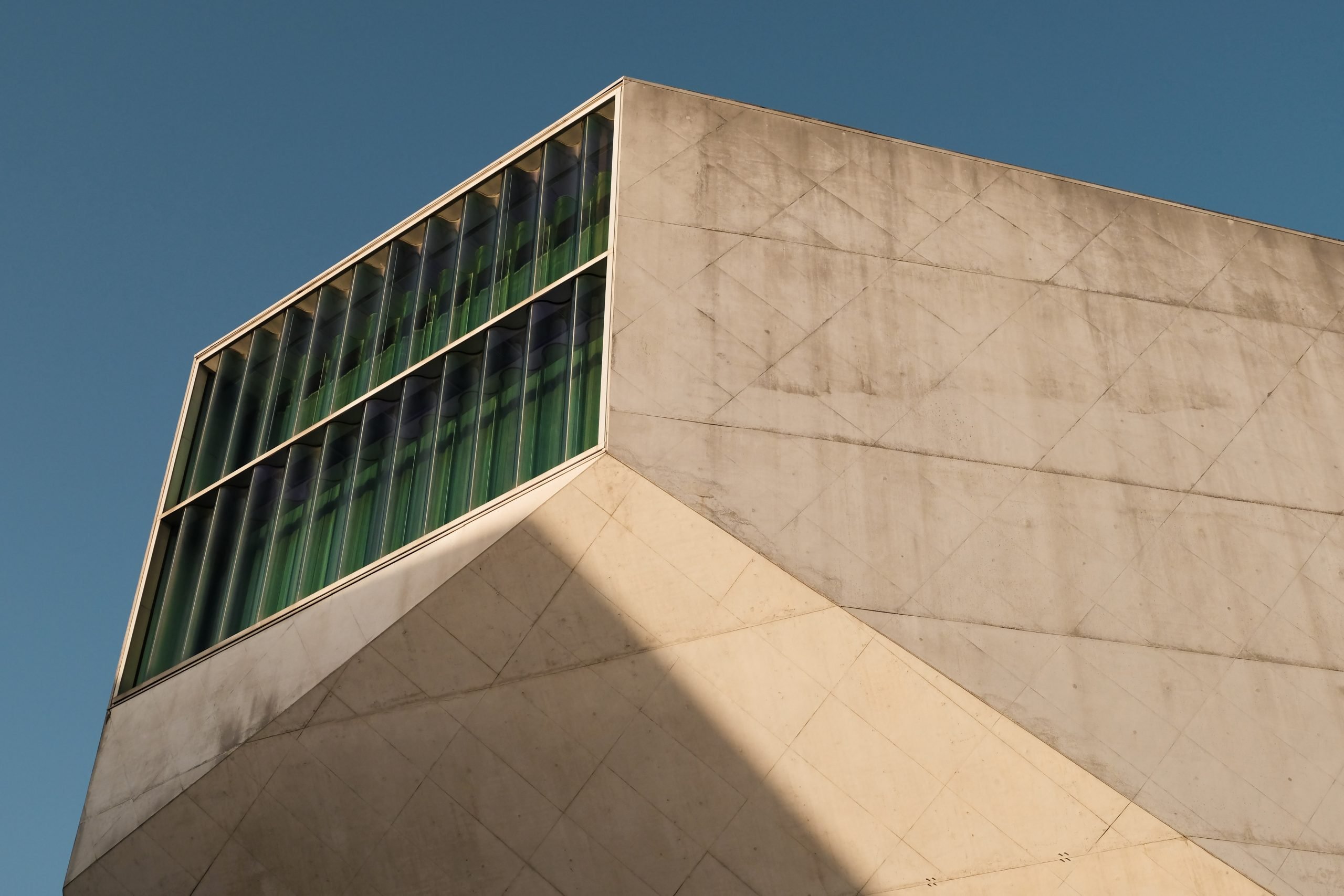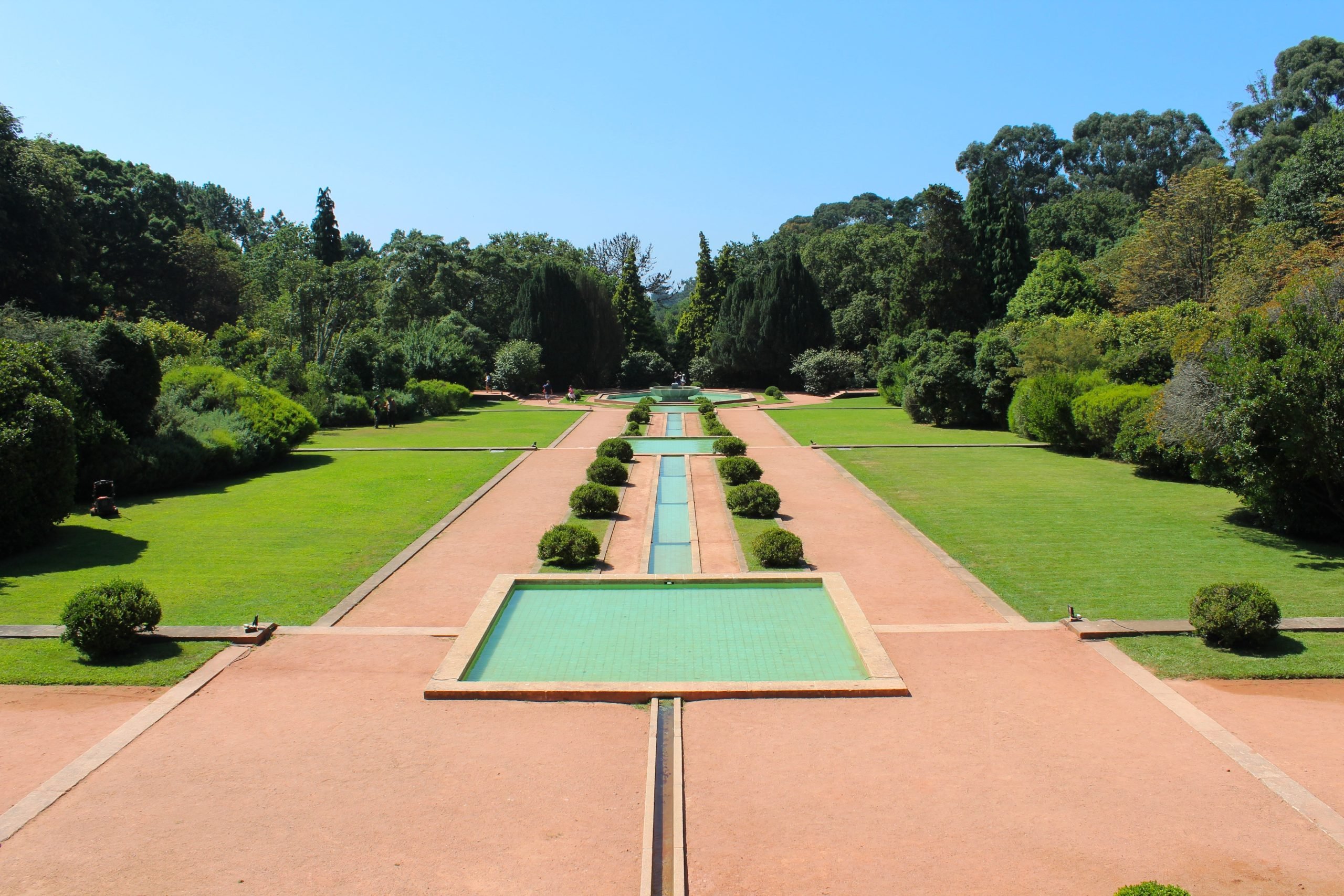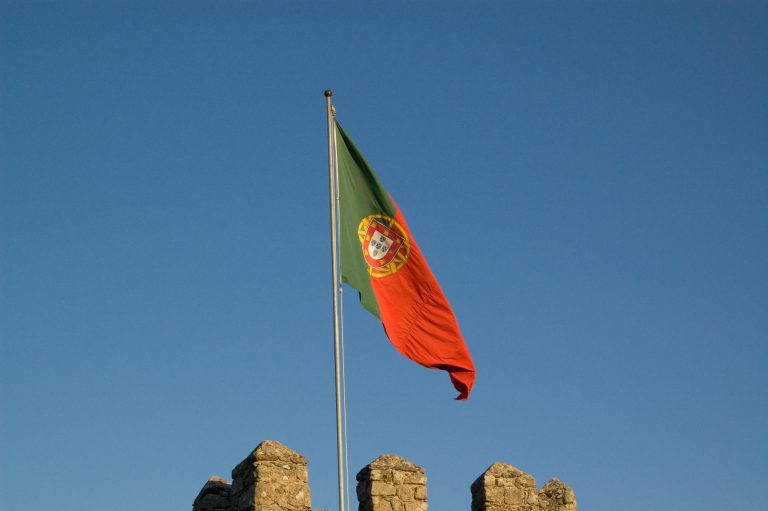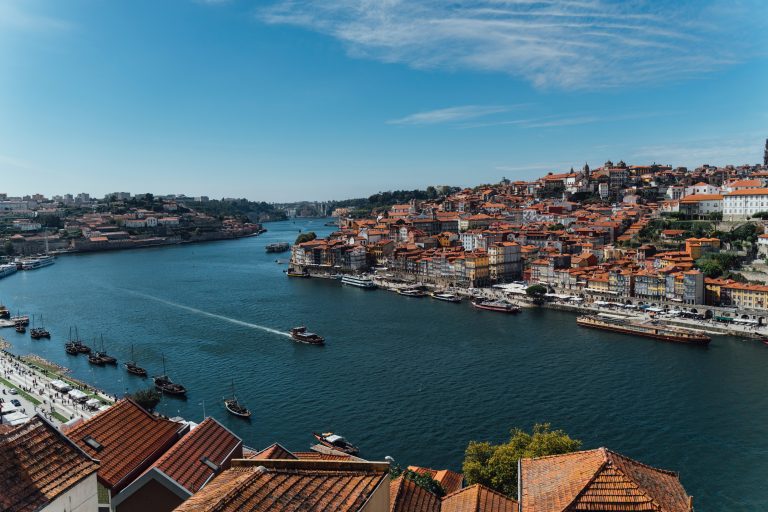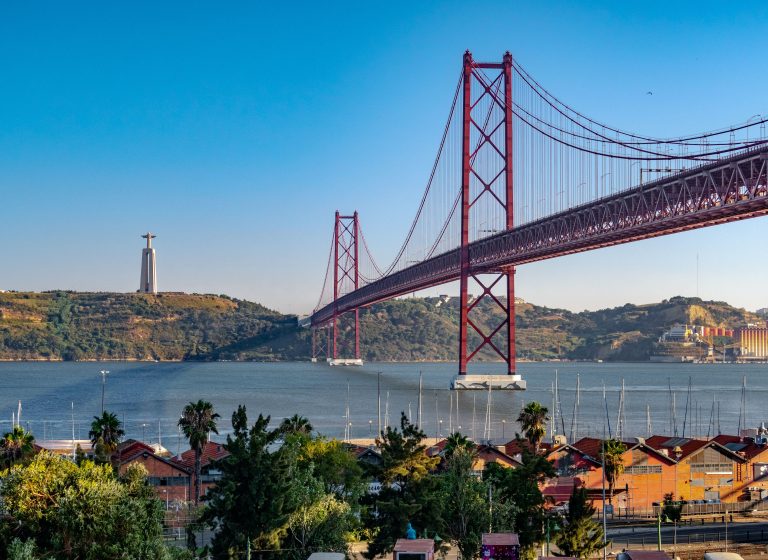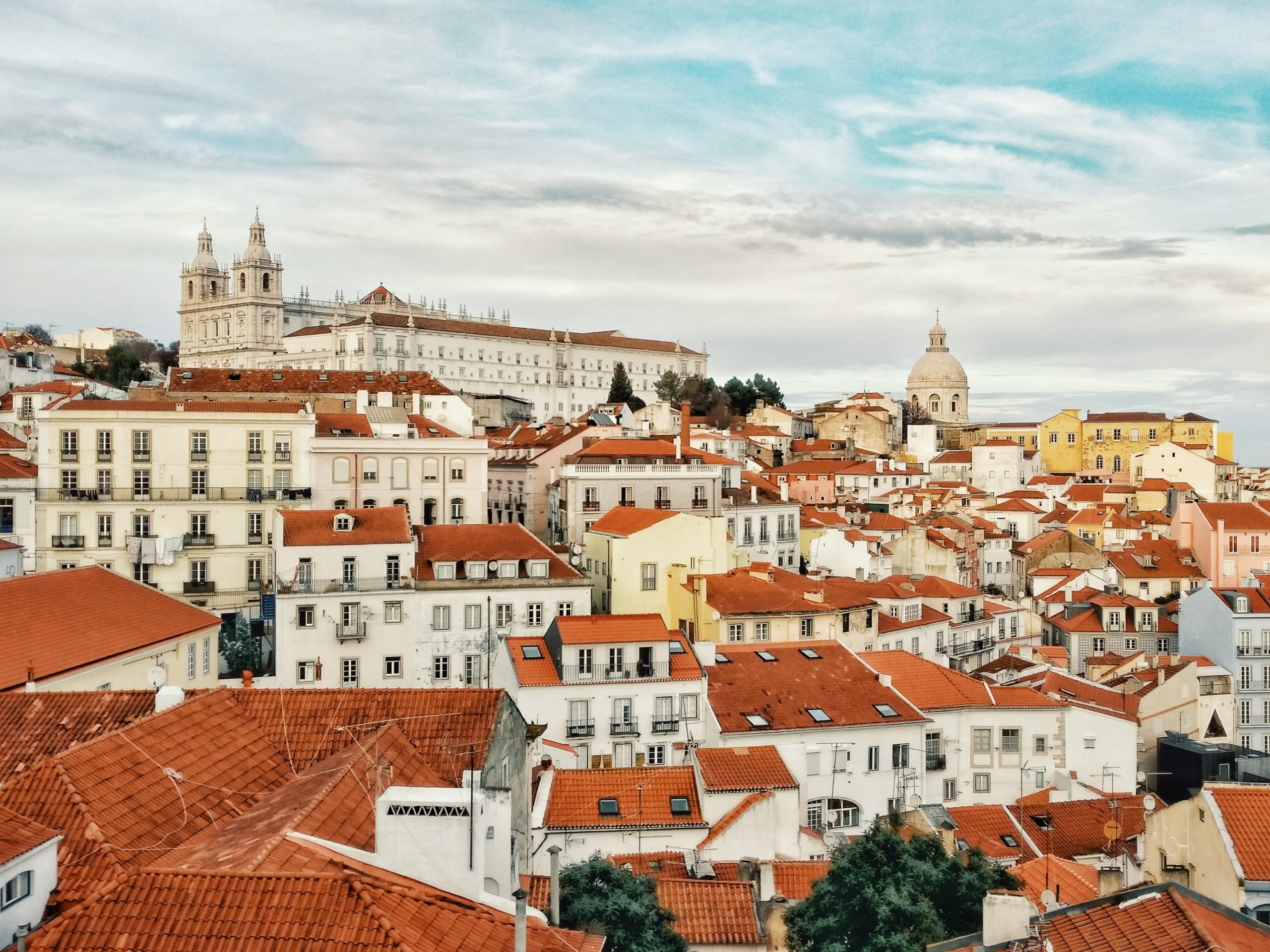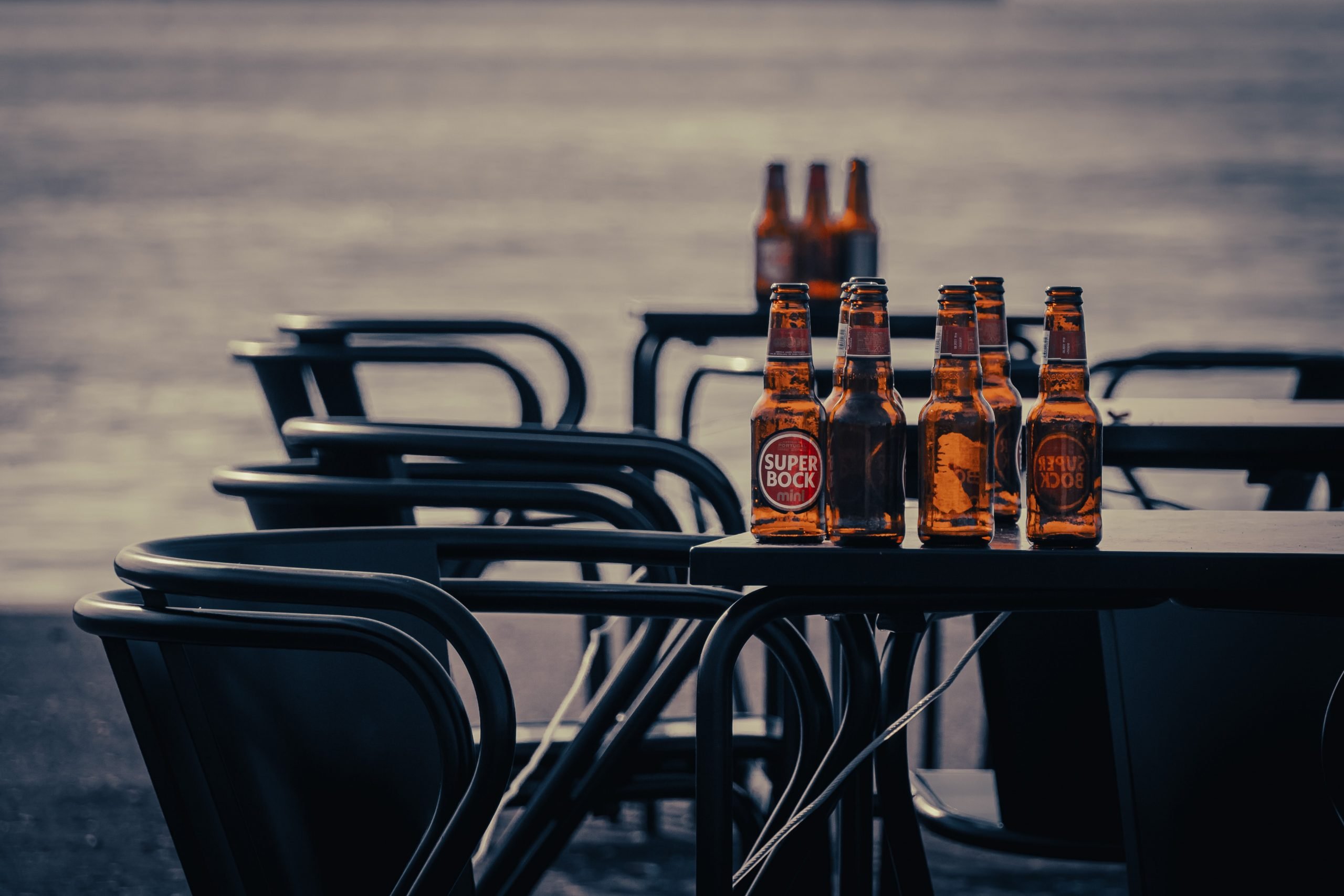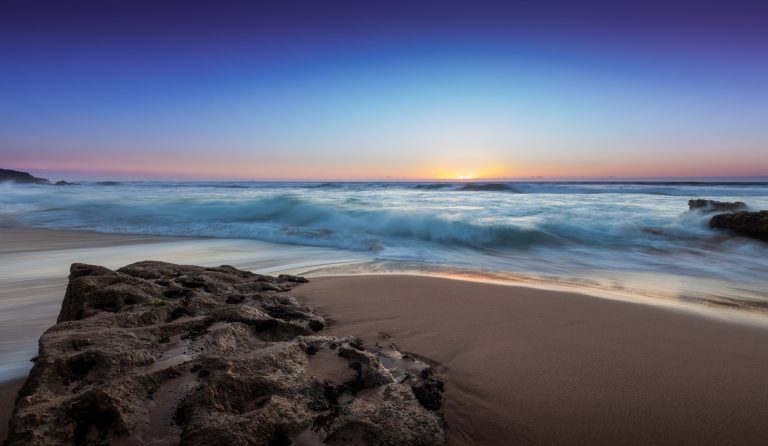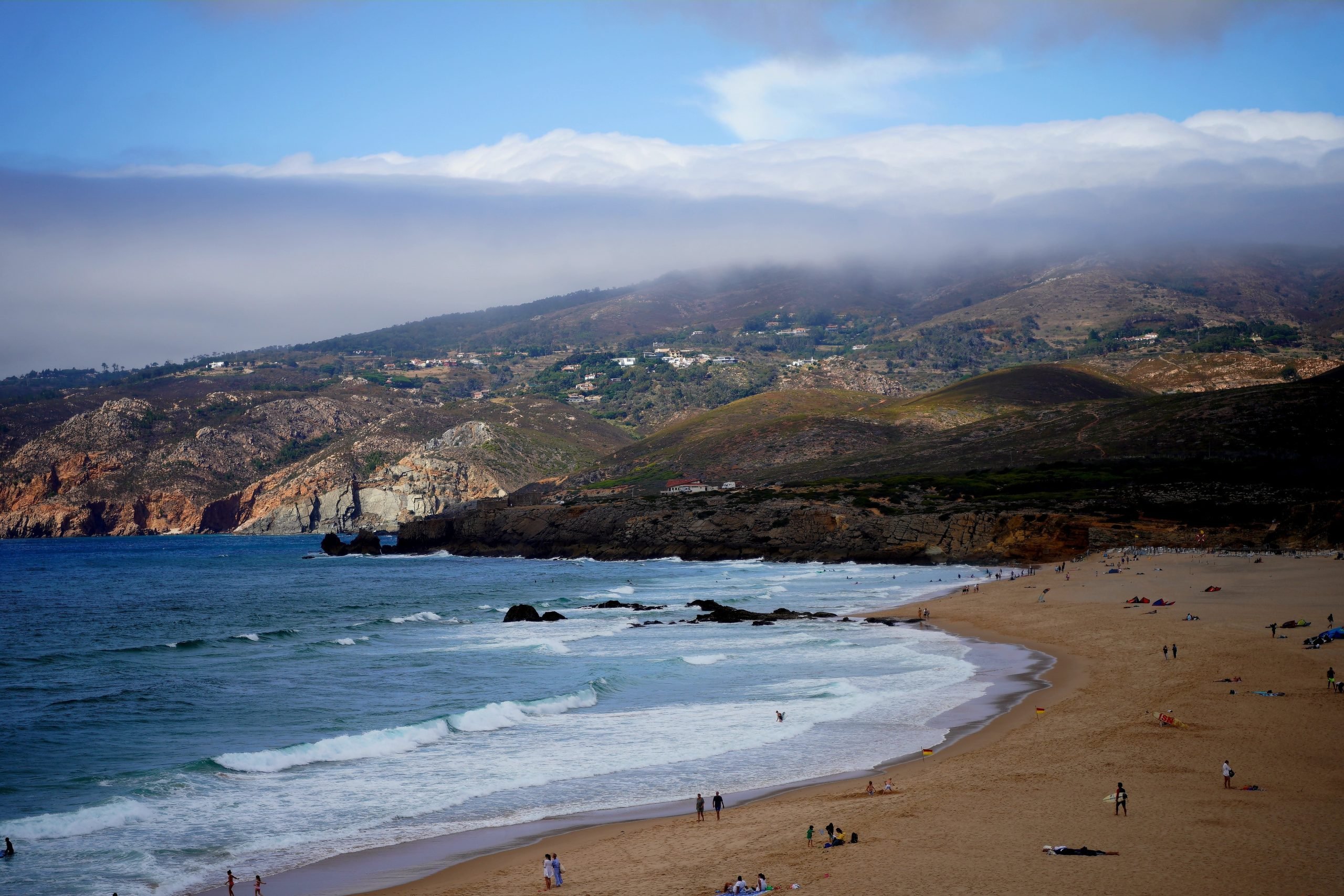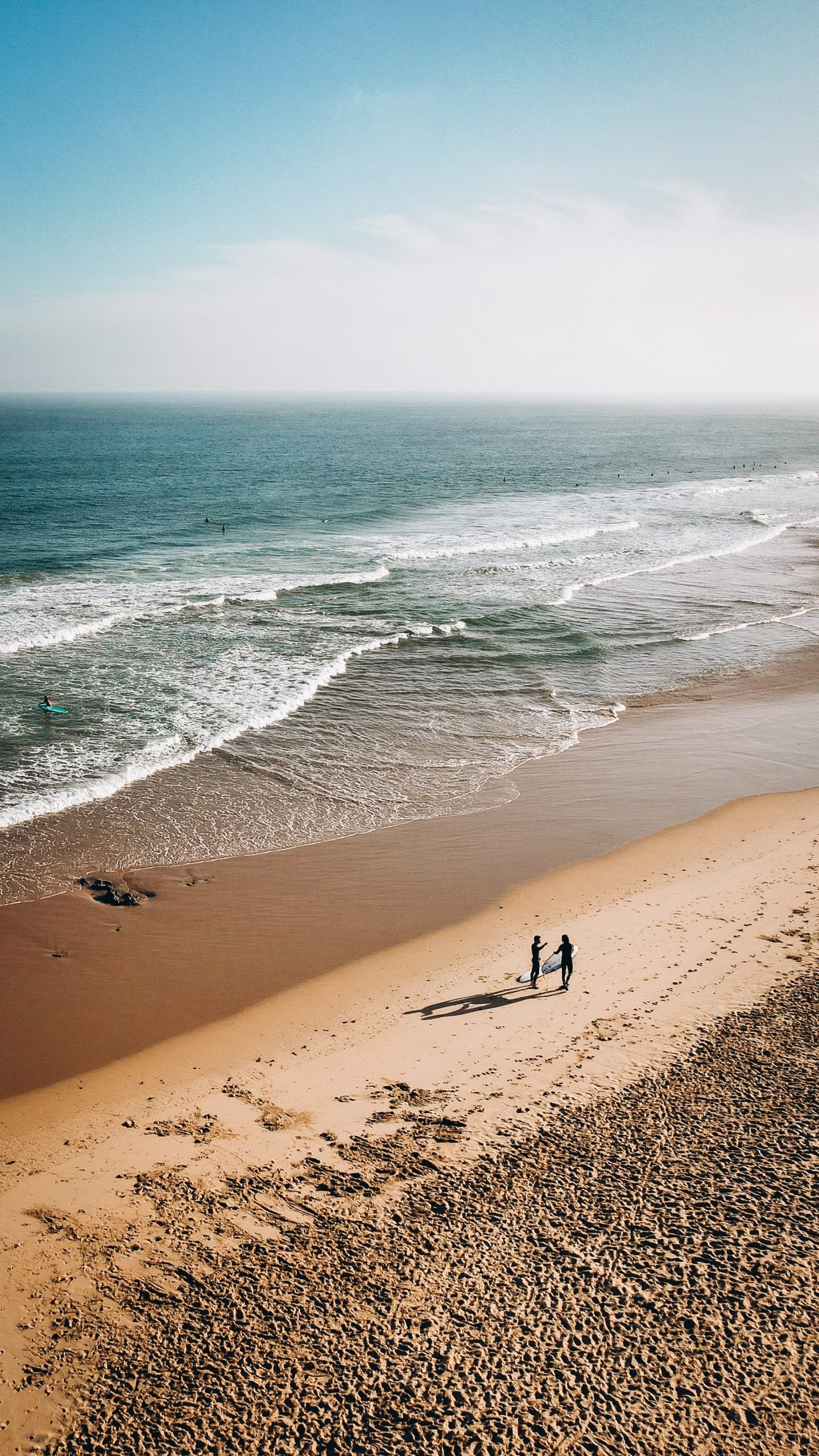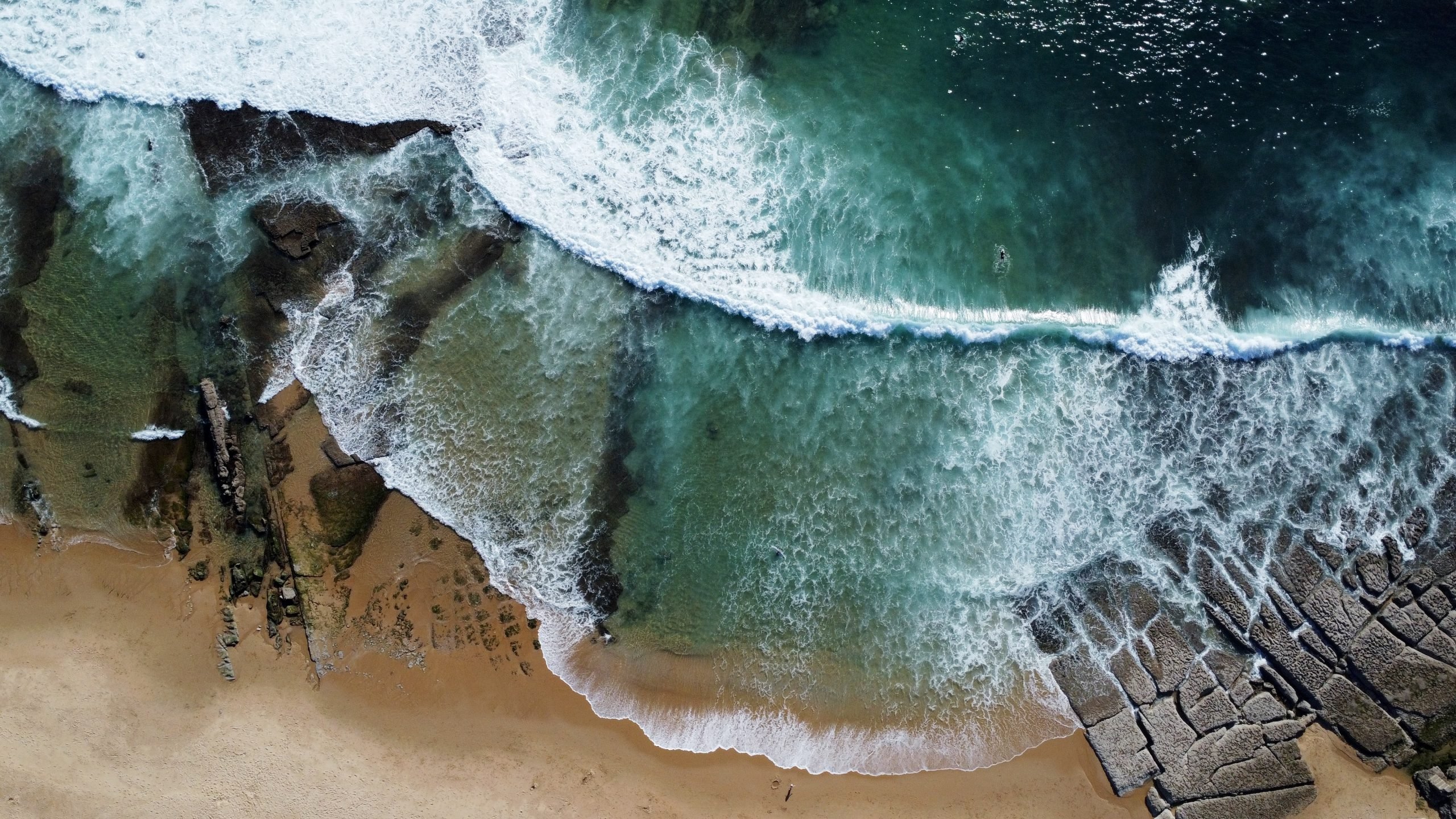The State of The Nation debate in Portugal took place on July 20th. The purpose was to perform an annual evaluation of the state of the nation, noting what has improved, and what is yet to improve.
This year’s balance can be separated into 16 topics. Each topic corresponds to a certain component of society. Below there is a very brief analysis of the current context within each component.
Education
The percentage of school dropouts decreased, and the number of students pursuing studies and higher studies increased. One big challenge is to boost the attractiveness of pursuing a career in education. The number of students enrolled in education studies is barely half of what it was ten years ago. Because of this, and of the series of educational strikes due to poor working conditions throughout the year, the Ministry will review courses, hoping to alter the tendency.
Demographics
The number of newborns has been decreasing over the last decade. In 2021, it hit a historical low. Immigrants are the primary reason why there is no negative population growth. If it were not for the increase in emigration over the past 7 years, Portugal would have lost 40 thousand inhabitants.
Health
The Portuguese Health Service has been a recurring topic of debate over the past couple of years. Even though the number of specialized doctors keeps increasing, it is still not enough. The number of citizens without a family doctor is alarming. Today, there are almost 1.6 million citizens without one.
Economy
After the huge downturn in 2020, the Portuguese economy is one of the fastest-growing EU economies. The Portuguese GDP is expected to grow by 2.4% in 2023, double the EU average. However, this growth is not enough to deal with the extremely low GDP per capita. The latter provides a measure of prosperity and standard of living. Portuguese citizens’ standard of living is among the lowest in the EU. Only 6 out of the 27 countries are lower.
Salaries
According to the OECD, Portugal is one of the European Countries where the increase in salaries has been more accentuated. However, the average salary is still one of the lowest in Europe.
Housing
Housing prices in Portugal grew by 94% during the last 7 years. Meanwhile, there are fewer houses available, and interest rates have increased. There is a housing crisis and the state needs to respond. The Parliament approved a program intended to help 26 thousand families, hoping to provide an answer to a very real problem. Houses in Portugal are among the most expensive in Europe.
Employment
Employment is close to its historical maximum. In the first trimester of 2023, the number of employed people was almost 5 million. However, an analysis based on the educational level shows that the number of people employed that have higher studies is decreasing. Moreover, the current increase in employment is, to a large extent, due to a surge in the employment of people with lower qualifications. According to the National Institute of Statistics (INE), non-qualified work grew by 44.79% during the last trimester.
Poverty
Portugal has been able to reduce its at-risk-of-poverty rate during the last decade, but the numbers are still far off the target set for 2030. Today, in Portugal, around 1.7 million people live on less than 551 euros per month, and 16.4 % of the population is still considered at-risk-of-poverty. This accounts for those with a disposable income (after social transfers) below the threshold that is set at 60 % of the average national disposable income, after social transfers.
Pensions
In spite of last year’s uncertainty, the majority of pensions will increase. The measure is intended to cover the rise in prices. Most people receiving pensions will have real raises above 2%. However, pensions remain historically low. The average pension in Portugal is around 500 euros per month. Even though the values of the pensions increase with time, the inflation rate is outpacing the pension rate increases, leading to a lower standard of living for those living off pensions.
Inflation
After surpassing 10% in 2022, which was the highest value of the last three decades, the Portuguese inflation rate has been decreasing. Today, it is at 3.4%. However, the non-transformed food price index is at 8.5%. The rate at which inflation has been decreasing will slow down because of it.
Justice
The number of judicial processes pending in Portuguese courts decreased. However, the number of registered acts of violent criminal behavior increased by 14.4% in the last two years. Today, Portugal is the 7th safest country in the world according to the 2023 Global Peace Index. In 2022 it was the 6th.
Public Debt
Even though the public debt, as a percentage of the GDP, decreased from 134.9% in 2022 to 106.25% in 2023, Portugal is still one of the most indebted countries in the EU.
Culture
The percentage of the state budget for cultural affairs increased by 23% from 2022 to 2023. The percentage of Portugal’s household expenses towards culture and leisure is still 2.4 percentual points below the EU’s average. The Ministry of Culture intends to create incentives and reach the mark of representing 1% of the entire state budget.
Environment
Transportation is responsible for the largest share of Portugal’s carbon emissions. ⅔ of the population uses cars for their daily commute. Dependency on cars grew by 4% over the last decade. To comply with the 2030 target for carbon emissions, the country needs to change the way the majority of the population moves around.
Banking
The Portuguese banks have been recovering well from the Pandemic, largely due to the increase of the Euribor index rate. In Portugal, 80% of the housing credit contracts are attached to it. If Euribor increases, interest rates will increase. As a result, currently, the return on equity (ROE) of the banks is at almost 14%.
Public Expenses
The European Commission expects the Portuguese budget deficit to be 0.1% of the GDP. The government stressed the importance of balanced accounts. Meanwhile, the tax and contributory burden is at its all-time high.

